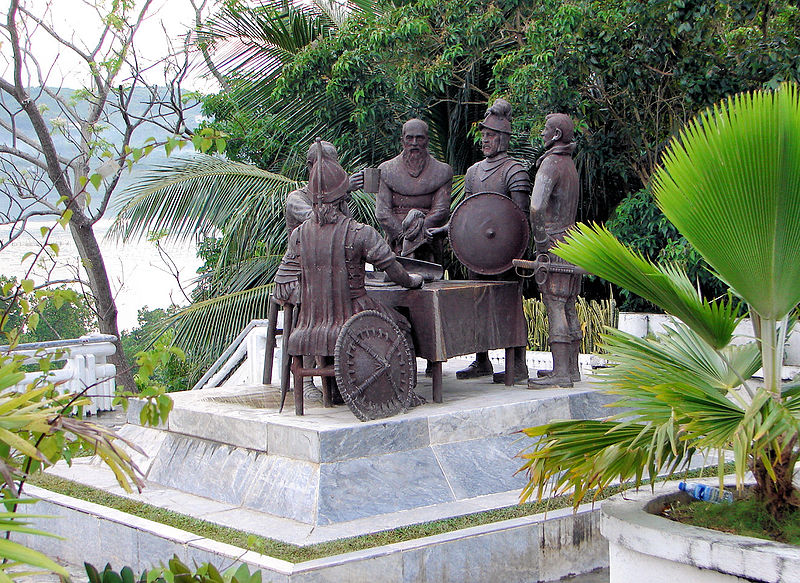
Story Highlights
- Historical event:
- 24 June 1571
- In the 16th century, the great Spanish galleons were sailing across the Pacific Ocean, between Manila and Acapulco, and transporting the Asian products to America. The products could be transported to Europe across the Atlantic Ocean.
This day marked the founding of the Spanish colonial city of Manila in the Philippines.
The Philippines had been a Spanish colony for more than 300 years, and was even named after the Spanish King Philip II, a member of the Habsburg dynasty.
Manila became the center of the Spanish colonial authorities in the Philippines and throughout this part of the world, which the Spaniards called the Spanish East Indies (Spanish: Indias orientales españolas). Miguel López de Legazpi established the Philippines as the Spanish colonial center, and served as the first governor of the Philippines.
The Philippines were a very important Spanish colonial possession. In the 16th century, the trade between the Philippines and Mexico was developed there. The great Spanish galleons were sailing across the Pacific Ocean, between Manila and Acapulco, and transporting Asian products to America. The products could be transported to Europe across the Atlantic Ocean. For example, Chinese silk and porcelain, Indian and Indo-China spices, jewels, and ivory could be transported to Spain. On the other hand, the Spaniards mined silver in South America, and could pay for these oriental products.

The Spaniards used the Pacific islands as “stations” during their trips. One such island was Guam in the Pacific Ocean, which was controlled by Spain till the end of the 19th century, when it became part of the United States. The Mariana and Caroline Islands were also under the Spanish control (the Mariana Islands were named after the Spanish queen Marianne, and the Caroline Islands after the Spanish King Charles II Habsburg).
Today, Manila is the capital of the Philippines – the most populous Catholic country in Asia. The Spanish heritage is largely evident in the Philippines, which is quite understandable due to the long-lasting Spanish rule over this area. More than 100 million inhabitants live in the Philippines, mostly Roman Catholics (about ten million inhabitants live in the wider area of Manila).




